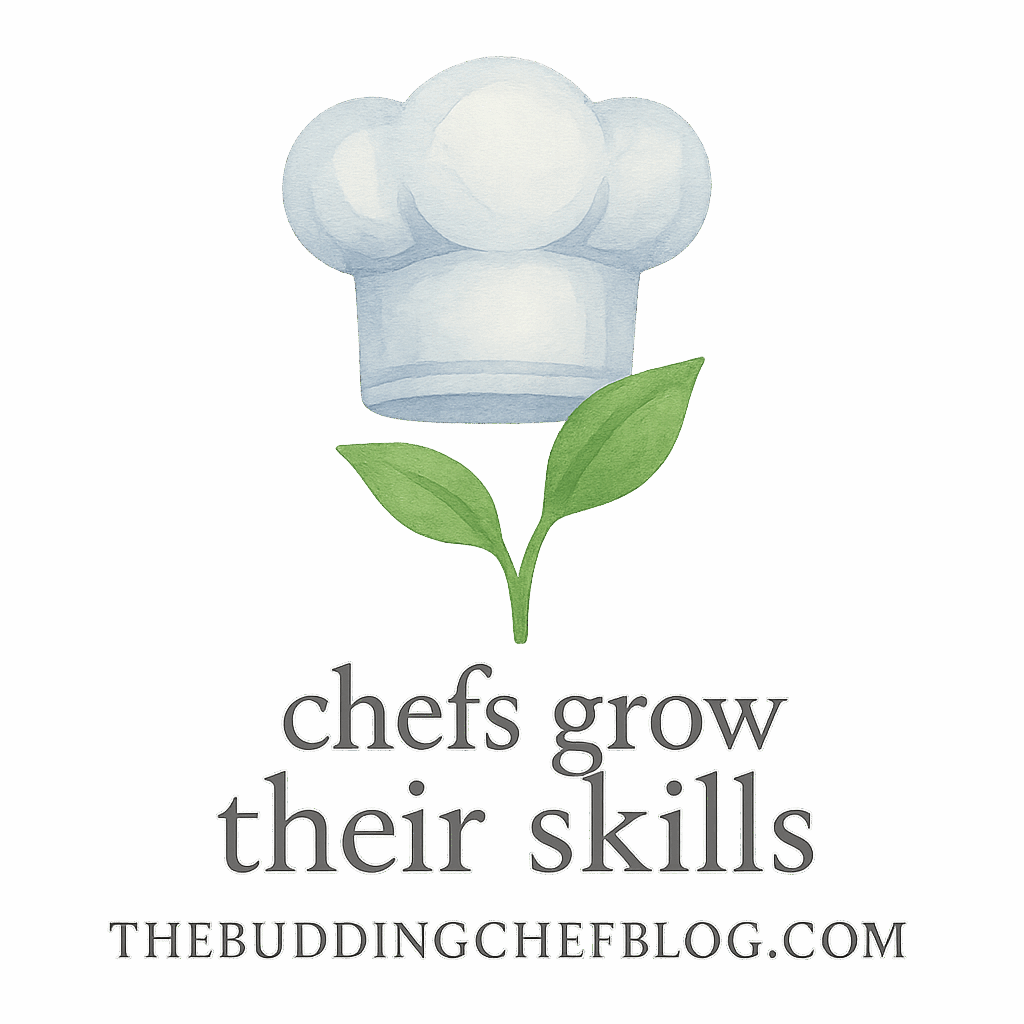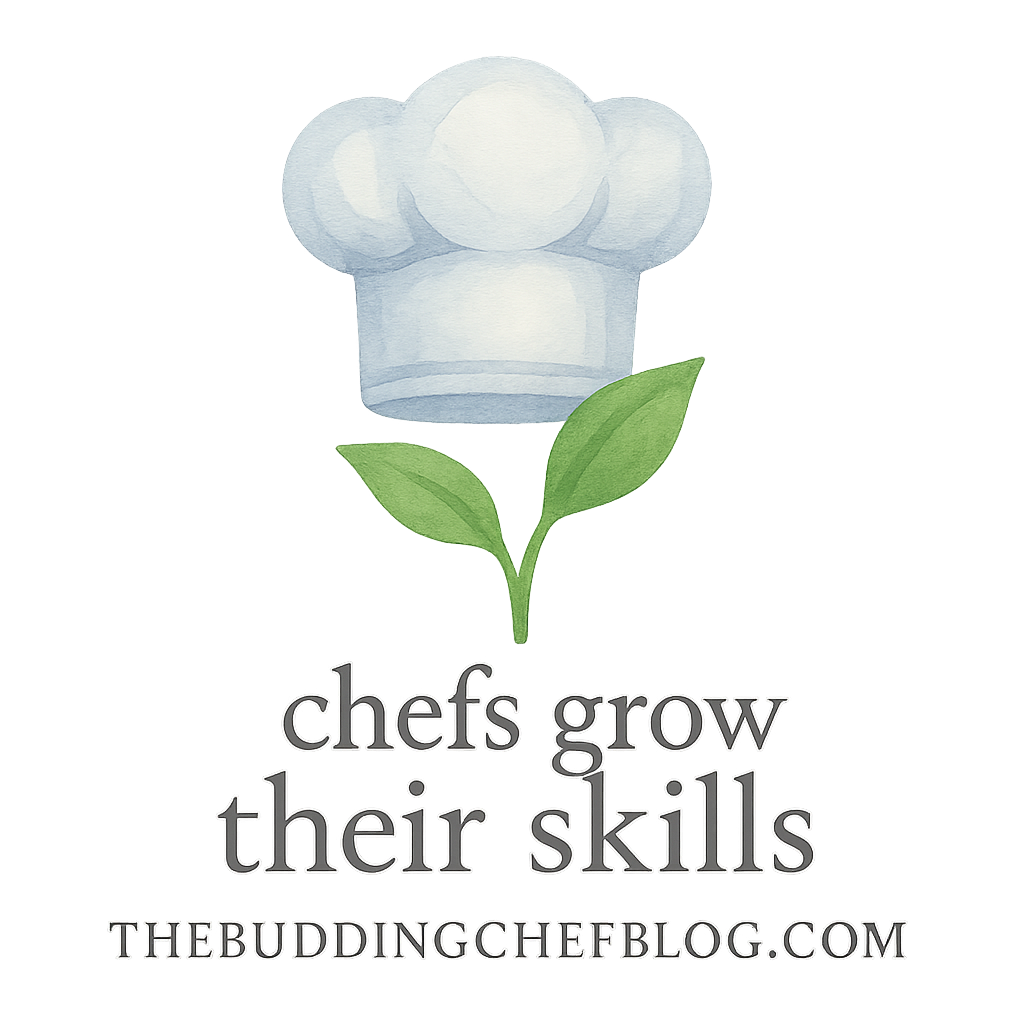Starting your culinary journey is exciting, but before you slice, dice, and flambé, you need to understand the non-negotiable foundation of great cooking: kitchen safety. Whether you’re a home cook testing recipes or a newbie looking to become a pro, these 5 must-know kitchen safety tips for beginner chefs will keep you out of harm’s way and set you up for success.
Trust me—burns, cuts, and kitchen fires aren’t rites of passage. They’re accidents that are totally avoidable with a little preparation and awareness.
Let’s dive into the top safety tips every beginner chef should follow.
Why Kitchen Safety Matters for Beginner Chefs
Imagine this: you’re finally whipping up that mouthwatering pasta dish you’ve seen all over TikTok. But one wrong move, and now you’re sporting a bandage instead of enjoying your creation.
Kitchen safety isn’t just about avoiding injuries—it’s about boosting confidence and efficiency in your culinary routine. For beginner chefs, knowing the basics gives you the freedom to experiment while keeping yourself and others safe.
Understanding the Most Common Kitchen Hazards
Burns and Scalds
Hot pans, boiling water, and sizzling oil are part of the kitchen landscape. Touching a hot handle without protection or splashing boiling water can cause serious burns. Always assume everything is hot until proven otherwise.
Cuts and Lacerations
Using knives incorrectly or hurriedly can turn your cutting board into a war zone. Knowing how to use a knife safely is essential—not optional.
Slips, Trips, and Falls
Spills happen, but failing to clean them up? That’s a recipe for disaster. Wet floors and cluttered walkways are common culprits behind kitchen injuries.
Tip #1: Keep Your Workstation Clean and Organized
Clean as You Go
It may sound like something your mom told you growing up, but cleaning as you go can literally save you from accidents. Wipe spills, rinse cutting boards, and toss scraps as you cook.
Store Tools Properly
That knife balanced on the edge of the sink? It’s a danger waiting to happen. Designate spots for your tools and keep sharp objects in safe, dry places.
Avoid Cross-Contamination
Use separate cutting boards for meats and vegetables. This is not just about taste—it’s about health and safety. Check out our ingredient knowledge guide to learn more about safe food handling.
Want to level up your hygiene game? Explore our basic cooking techniques page.
Tip #2: Master Knife Safety
Choose the Right Knife
You don’t need a full chef’s arsenal. A basic chef’s knife and paring knife will do for most jobs. Just make sure they’re sharp—a dull knife is actually more dangerous because it requires more force to cut.
Proper Knife Handling Techniques
Curl your fingers like a claw and use your knuckles as a guide. Keep your knives pointed downward when moving around the kitchen.
Safe Storage for Knives
Knife blocks, magnetic strips, or protective sheaths are must-haves. Never toss knives into a drawer unprotected.
Ready to get serious about your gear? Visit our kitchen tools & equipment section.
Tip #3: Handle Heat with Respect
Stove and Oven Safety
Never leave burners unattended. Always turn pot handles inward to prevent accidental bumps. And when opening the oven, stand back to avoid a faceful of steam.
Use Oven Mitts the Right Way
Grab those thick mitts—not a dishrag—and always ensure they’re dry. Wet mitts conduct heat and can cause burns in seconds.
Don’t Leave Cooking Unattended
Multitasking might be tempting, but your kitchen is not the place for distraction. If you need a break, turn everything off first.

Practice makes perfect—check out our recipe practice hub.
Tip #4: Dress for Safety
Avoid Loose Clothing
Flowy sleeves or scarves might look stylish but are fire hazards near an open flame. Go for snug, practical attire.
Use Non-Slip Shoes
Kitchen floors get messy fast. Non-slip shoes help prevent slips, especially in high-stress cooking moments.
Tie Back Long Hair
Hair in your face or falling into food is not just annoying—it’s unsafe and unsanitary.
Explore our affordable kitchen gear tips that won’t break the bank.
Tip #5: Know How to Handle Emergencies
Fire Safety 101
If a grease fire erupts, do not use water. Cover the pan with a lid or use baking soda. Always have a fire extinguisher nearby—and know how to use it.
First Aid Basics
Keep a stocked first-aid kit nearby. Learn how to treat minor burns, cuts, and how to respond when something more serious occurs.
When to Call for Help
If you can’t stop the bleeding or the burn blisters badly, don’t tough it out. Get medical help immediately.
Stay prepared. Learn from real kitchen challenges faced by chefs.
Building Smart Habits Early On
Habits make or break your kitchen experience. Start by incorporating these safety practices into your daily routine. You’ll be amazed at how second-nature they become.
Want to improve even more? Our professional growth section has resources for aspiring chefs who want to go pro.
Learn from Mistakes—But Stay Alert
We all mess up. The key is to learn from it without risking serious injury. Stay alert and don’t let your guard down, even on “easy” days.
For insights on common kitchen mistakes, we’ve got you covered.
Final Thoughts on Staying Safe in the Kitchen
Your culinary skills are only as strong as the safety habits backing them up. These 5 must-know kitchen safety tips for beginner chefs are not just rules—they’re the foundation of every delicious dish you’ll make. So keep it clean, keep it sharp, and most importantly, keep it safe.
Want more tips, tricks, and beginner-friendly guides? Visit The Budding Chef Blog and join a community where beginner chefs bloom.
FAQs About Kitchen Safety for Beginner Chefs
1. What’s the most common kitchen injury for beginners?
Cuts are the most common, especially from improper knife use. Learn the basics before chopping away.
2. Can I use a dish towel as an oven mitt?
Nope! Dish towels can slip or catch fire. Use a proper oven mitt—dry and thick.
3. How do I know if my knife is too dull?
If it squishes tomatoes instead of slicing cleanly, it’s time to sharpen.
4. What should be in a kitchen first aid kit?
Band-aids, burn cream, antiseptic wipes, and gloves are must-haves. Keep it in an easy-to-reach spot.
5. How do I deal with oil splatters when frying?
Use a splatter guard and dry ingredients well to reduce popping oil.
6. Should beginner chefs use gas or electric stoves?
Electric stoves are easier for beginners due to consistent heat and fewer flare-up risks.
7. How can I get more confident in the kitchen?
Practice, study safe cooking skills, and don’t rush. Explore the beginner guides and start with easy wins.


